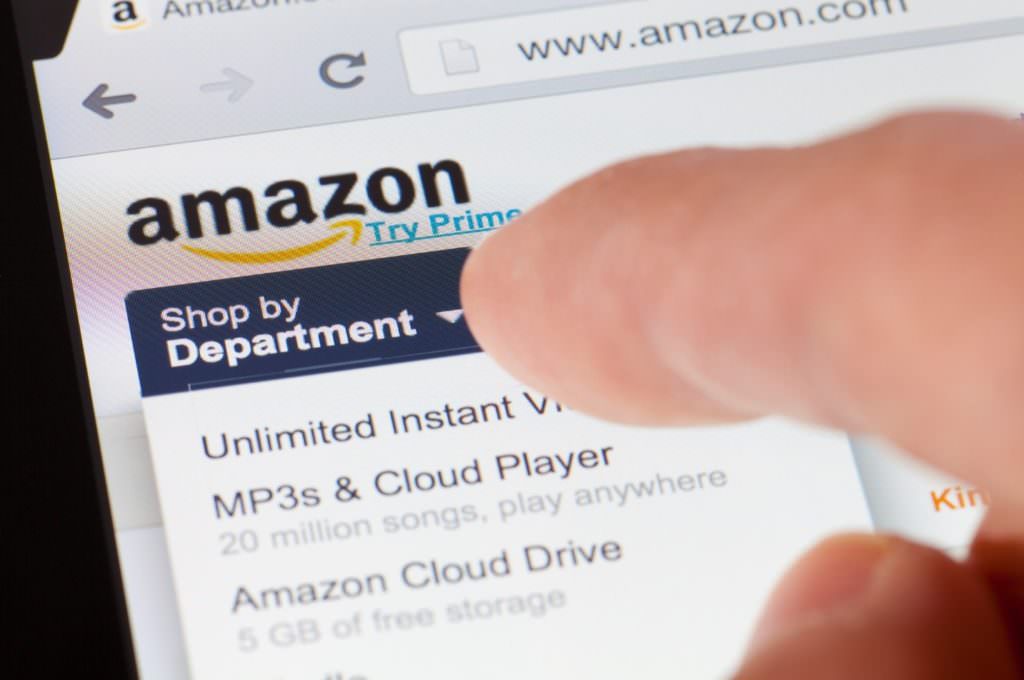
Over the past decade, e-commerce sales have soared. Many people are claiming that e-commerce will be the end of retail stores.
However, recent figures have shown that the reality is actually very different from what we were expecting.
Will E-commerce Really Replace Retail?
There is no doubt that e-commerce has transformed the way we shop – especially with the recent rise of buy online, pick up in-store trend that was recently introduced by Amazon.
Of course, everyone has heard of the e-commerce giants like Amazon and eBay. But how many other e-commerce-only stores can you name off the top of your head? The likely answer is: not that many. Actually, all but one of the top 10 US retailers are physical stores.
In fact, despite the many stories of retail stores being forced to shut down and liquidate, there have actually been a number of cases when it’s gone the other way around. This can be seen as recently as this year when Walmart bought up several of its online competitors.
Why is Retail Still So Popular?
But shopping online is so much easier. It’s fast, it’s convenient, and we don’t even have to get off the sofa…right?
The truth is, despite what we tell ourselves, the world loves to shop. It satisfies some of our most primitive hunter-gatherer instincts and has cemented itself as one of our everyday habits.
Despite the rapid rise in technology over the past decade, there is still something inherently satisfying about walking into a store and picking up a physical product.
Often, we don’t just shop because we want to buy things. For many, it is a fun social experience, a way to relax and unwind, or simply an enjoyable way to pass time.
Combining E-commerce and Retail Shopping
Retail shopping is here to stay for the foreseeable future. However, mobile technology has undoubtedly changed our shopping habits irreversibly.
There has been a recent influx of retail apps over the past few years. The 7-Eleven app, for example, sends coupons to your phone that you can redeem in store.
It also has a member barcode that allows users to earn free drinks, a store locator, a feedback system, and a ‘7Rewards’ feature that gives users points for every dollar they spend in store to encourage users to download it.

The Starbucks app has also been a huge success. It allows users to pay and collect loyalty points without the hassle of an additional physical card.
The app was released back in Spring 2009. By October 2013, more than 11% of Starbucks’ sales volume came through its mobile wallet.
But what if there was a way to combine the convenience of e-commerce with the thrill of shopping in a retail store?

Shping is one new blockchain startup working on bringing ecommerce together with retail. It is designed to make retail shopping smarter – and it even directly rewards its users for their engagement in the process.
The way the platform works is simple. Users simply scan any product barcode using the app. From this, they can learn what is in it, where it is from, and whether or not it is certified. They will even have access to reviews from other users, which they can use to make a decision about whether or not to purchase the product.
Essentially, it provides the fun of retail shopping, while still allowing users to make a fully informed decision in the same way as they would when shopping online.
In return for scanning barcodes, uploading product photos, and writing their own reviews for products they have purchased, users can also earn Shping coins.
Large media giants like Facebook are currently making billions every year as a result of advertising to their 2 billion-strong user-base.
However, decentralized blockchain platforms will enable brands to channel their budgets to reward customers for their engagement, instead of funneling billions into faceless, third-party media companies.
Changing Advertising As We Know It
The process of combining e-commerce with retail could completely transform the advertising landscape as we have come to understand it.
Instead of companies having no other option than to shove advertisements in our face while we’re watching cat videos on YouTube or trying to chat to our friends on Facebook, they will be given the unique opportunity to connect to us right at the moment it is most appropriate – when we’re inside the store, ready to buy their product.
These unique features provided to us by the decentralization of advertising will undoubtedly allow brands to connect with their customers like never before.
Rewarding customers for loyalty will only strengthen the connection between brands and users.
Instead of feeling like a commodity being marketed to and spammed with advertisements for products they don’t want, users will become a valuable part of the process.
The whole landscape of shopping and advertising could be about to shift in front of our eyes.
